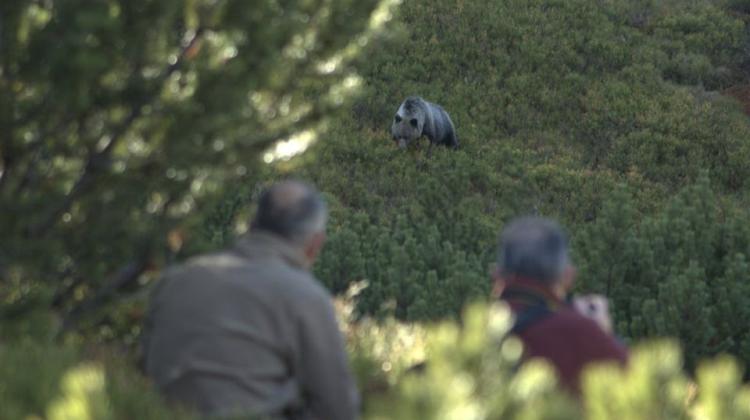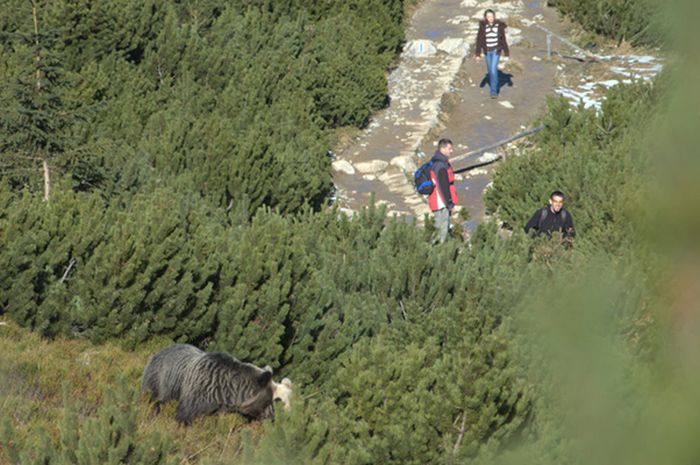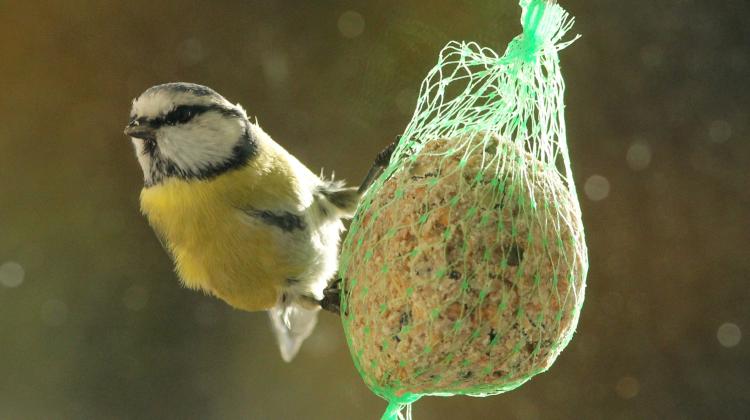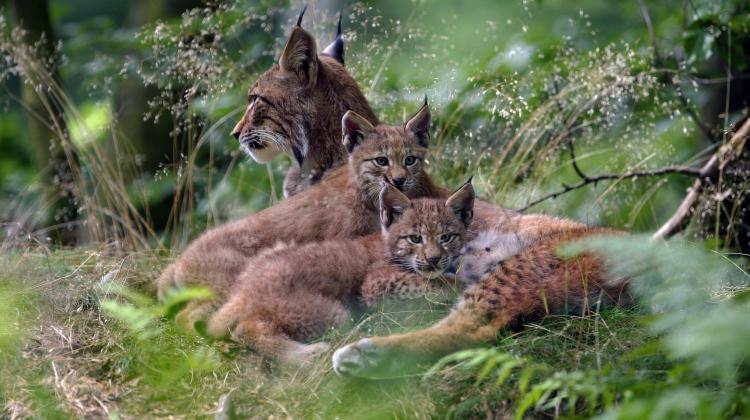COVID-19 lockdowns allowed wild mammals to roam more freely
 Credit: Tomasz Zwijacz-Kozica.
Credit: Tomasz Zwijacz-Kozica.
During the lockdowns in the first months of the global COVID-19 pandemic, the behaviour of people changed dramatically, resulting in changes in the behaviour of land mammals, according to a study co-authored by Polish researchers.
The 174 members of an international research team led by Dr. Marlee Tucker from Radboud University included scientists from the Institute of Nature Conservation of the Polish Academy of Sciences. Together, they analysed global data on the movement of land mammals during the pandemic and compared them with similar data collected in different periods. They monitored the movements of animals with special GPS collars. All this to find out whether nature really 'bounces back' with the cessation of intensive human activity.
'There were many media reports on nature being reborn after the introduction of the first restrictions,’ said Dr. Nuria Selva from the Institute of Nature Conservation PAS, one of the authors of the publication.
'For example, cougars have been spotted roaming the streets of Santiago, Chile'. However, scientists wanted to find out whether this was really the case, or whether people were simply paying more attention to everything when they were stuck in their homes.
ROAMING FREE
It turns out that it is true. During the strict lockdown due to the pandemic, wild mammals roamed over longer distances and were found closer to roads.
The researchers analysed data on the movements of 43 different species of land mammals. In total, over 2,300 individuals were included in the study: from elephants and giraffes, bears and deer, to porcupines and coyotes. The movements of animals during the first period of lockdowns, from January to mid-May 2020, were compared with movements in the same months of the preceding year.
'We saw that during strict lockdowns, animals travelled up to 73 percent longer distances in a period of 10 days than the year before, when there were no lockdowns. We also saw that animals occurred on average 36 percent closer to roads than the year before,’ says Dr. Marlee Tucker. 'This is probably because those roads were quieter during strict lockdowns.’
There are several scientific explanations for these results. There were fewer people outside during strict lockdowns, giving animals the opportunity to explore new areas. 'In contrast, in areas with less strict lockdowns, we saw that animals travelled shorter distances. This may have to do with the fact that during those lockdowns, people were actually encouraged to go into nature. As a result, some nature areas were busier than before COVID-19', says Professor Thomas Mueller from the Senckenberg Biodiversity and Climate Research Centre and Goethe University Frankfurt, who designed the study together with Dr. Tucker.
THE ONLY SUCH OPPORTUNITY
The total lockdown was a unique moment in the recent history of the world, which made it a unique opportunity to study the impact of the sudden human absence on wildlife. Policies aimed at limiting the movement of people in the first months of the pandemic, ordering to stay at home, closing recreational areas and limiting the vehicle traffic, created a kind of natural experiment to observe how human activity affects the behaviour of animals.
The study has revealed that anthropogenic landscape modification affects the way animals use their habitats and interact with each other. Human infrastructure can trigger different behavioural responses in animals, including avoidance of certain areas, changes in speed of movement, abandonment of certain habitats, altered daily patterns of habitat use.
In addition, animals react directly to the presence and activity of humans, whom they perceive as a threat. This translates into the range of migration and changes in habitat use, but also increases energy costs and physiological stress, and negatively affects fertility. As for the reduction in transport during the lockdown, it had a two-fold effect on land mammals. Firstly, less traffic on the roads reduced many physical barriers to animals, and secondly, it reduced the number of mammals killed on the roads.
'This study shows that roads cease to be a barrier when traffic stops, and animals quite quickly react to these changes. This means that introducing some changes in our behaviour can have a positive impact on animals,’ says Dr. Nuria Selva.
'We have followed a similar approach in the Tatra National Park, where we have investigated the levels of cortisol (the stress hormone) in three mammal species during the lockdown and in the same period, but the following year,’ says Agnieszka Sergiel, co-author of the study.
THE MORE OF YOU, THE LESS... MAMMALS
Overall, the authors conclude, the lockdowns dramatically changed some spatial behaviours, highlighting the significant impact of human mobility on wildlife around the world.
The researchers identified three main mechanisms through which the 'anthropause' affected the behaviour of land mammals, although they point out that these were heterogeneously distributed across species and populations. These were: reductions in displacements suggesting relaxed avoidance behaviour, closer proximity to roads in areas heavily used by humans suggesting a reduction in traffic disturbance, and an increase in displacement associated with increased landscape permeability.

'We show that human mobility is a key driver of some terrestrial mammal behaviours, with a magnitude potentially similar to that of landscape modifications. Therefore, when evaluating human impacts on animal behavior or designing mitigation measures both physical landscape alteration and human mobility should be taken into consideration,’ the researchers write.
They add that only this approach will enable the implementation of conservation measures specifically targeted at mitigating the impacts of human mobility, such as enticements to adjust timing, frequency, and volume of traffic in areas important for animal movement.
'Mammals have been living with human disturbance for a long time, but we demonstrate that many wildlife populations retain the capacity to respond to changes in human behaviour, providing a positive outlook for future mitigation strategies designed to maintain animal movement and the ecosystem functions they provide,’ they conclude.
Katarzyna Czechowicz
kap/ bar/ kap/
tr. RL
Przed dodaniem komentarza prosimy o zapoznanie z Regulaminem forum serwisu Nauka w Polsce.

















